Watch this entire presentation
A recording of my presentation at this year’s University Film and Video Association (UFVA) 2017 conference.
Transcript:
This is my background in the business. These are all the different shows that I worked on. Always with a focus on the female characters. How can I make the female characters stronger? I’m a girl. Interesting enough I have a boy — a son — and when I had him I thought, “Oh no, I’m supposed to have a girl so I can teach her to be a feminist.” and then someone went “No let me teach him to love a feminist.” and I thought, ‘Oh yeah.” So, and this is the stuff that I have written. Mostly focused on women — women in Doctor Who and how race is portrayed. Women in Aviation. I’ve just got a second encyclopedia set of women in History. I am part of the Women Screenwriters Encyclopedia and my latest book is on The Monkees and feminism in The Monkees because it was actually there in the show if you look hard enough.
Books Mentioned In This Presentation
- Without Lying Down
- Oscar Micheaux: The Great and Only: The Life of America’s First Black Filmmaker
- The Real Nick and Nora
- Doctor Who: The Writer’s Tale: The Final Chapter
- The Writers: A History of American Screenwriters and Their Guild
- Monster: Living Off the Big Screen
- “It’s the Pictures That Got Small”: Charles Brackett on Billy Wilder and Hollywood’s Golden Age
- Women Screenwriters: An International Guide
Follow Dr. Rosanne Welch
Twitter: https://twitter.com/rosannewelch
Instagram: https://www.instagram.com/drrosannewelch/
Podcast: Play in new window | Download
Subscribe: RSS
![My Background from Giving Voice to Silent Films and the Far From Silent Women Who Wrote Them with Dr. Rosanne Welch [Video] (0:40)](https://rosannewelch.com/wp-content/uploads/2017/10/ufva-03-background.jpeg)








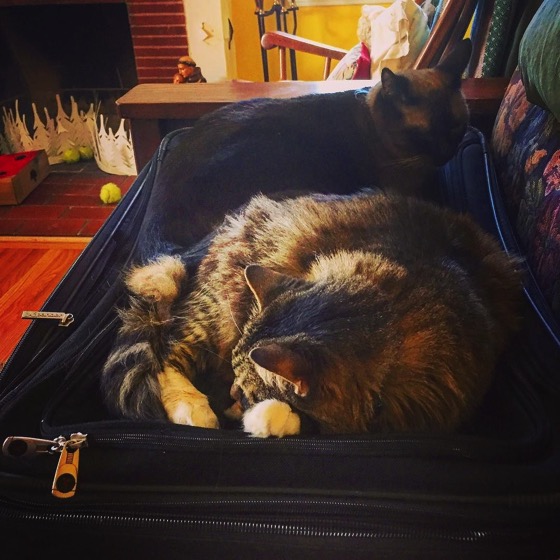

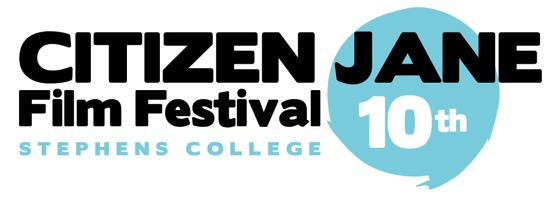

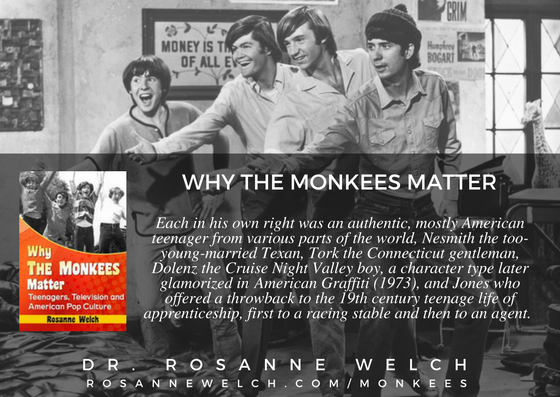





![23: Writers, Fans and The Monkees : “Why The Monkees Matter” Interview with Jean Power [Video] (1:14)](https://rosannewelch.com/wp-content/uploads/2017/10/rmw-power-23-writers-fans.jpeg)
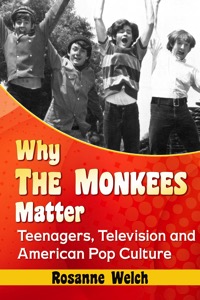
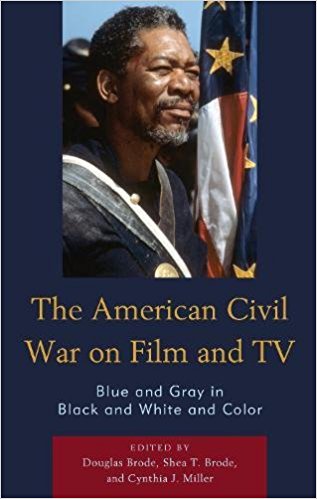

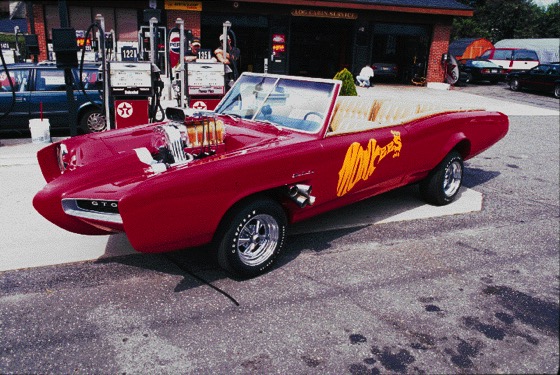
![Remember the Ladies from Giving Voice to Silent Films and the Far From Silent Women Who Wrote Them with Dr. Rosanne Welch [Video] (0:56)](https://rosannewelch.com/wp-content/uploads/2017/10/ufva-02-remember-ladies.jpeg)